Letter Name and Sound Identification
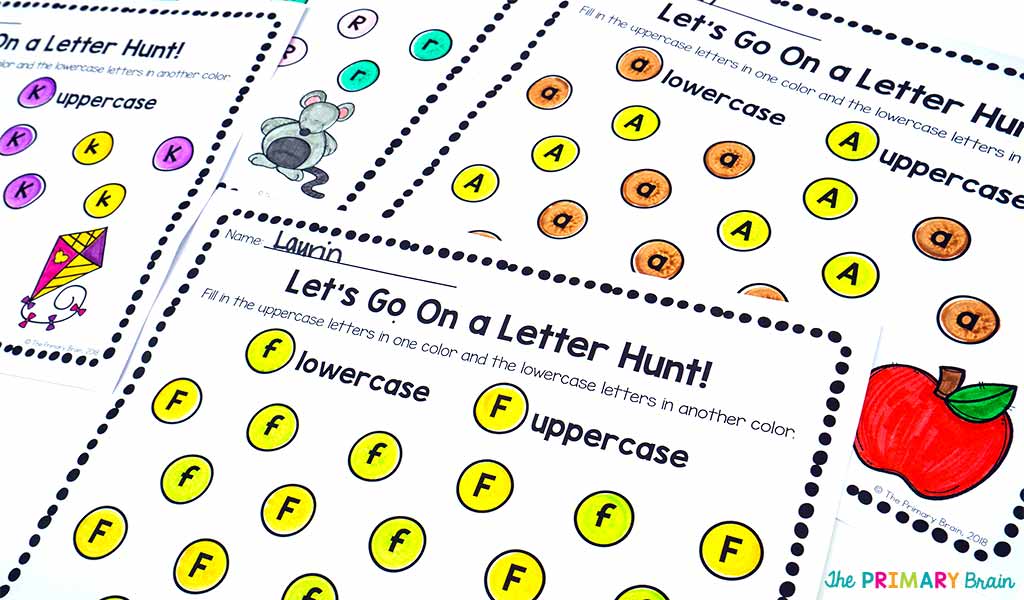
Teaching letters and sounds to children is one of my absolute favorite things to do! There is no better feeling than the moment when a child can identify all letter names and letter sounds. This shows the student is prepared to blend sounds and learn to read!
I always have a handful of students in my first grade classroom who need extra intervention support with letter name and sound identification. Here are a few of my favorite ways to work on letter names and sounds in my first grade classroom.
Shaving Cream Letters
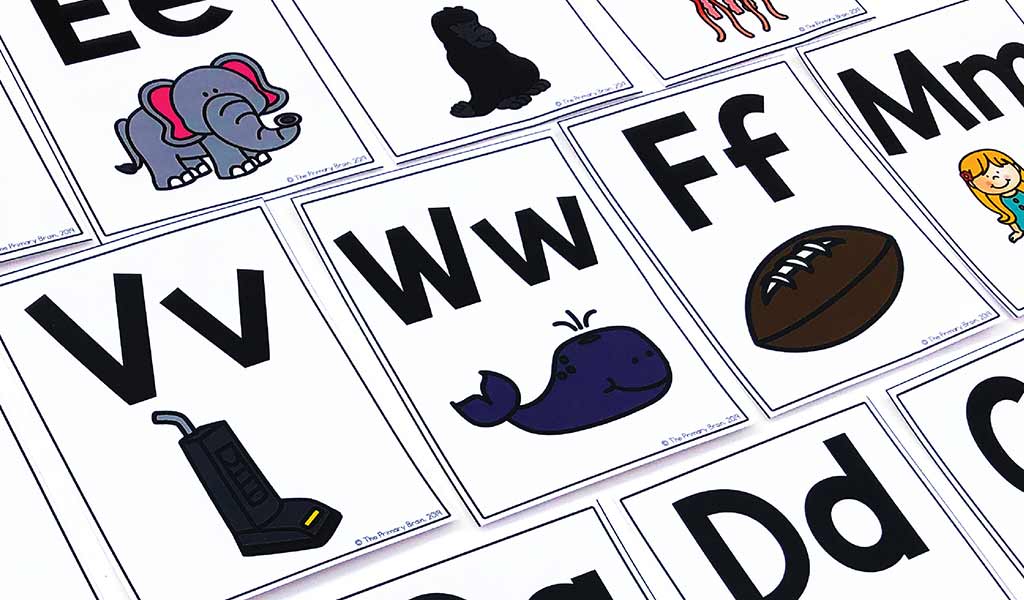 Hands on activities are SO IMPORTANT in the classroom. Any time I break out a hands-on sensory material, my students are always SO ENGAGED. I start by spraying a little shaving cream on the table for each student. Make sure to review the expectations of how shaving cream is used in the classroom to avoid any unnecessary incidents. Then, you can use flash cards to review the alphabet. You can use my Alphabet Flash Cards that include a picture to assist students who need the extra support.
Hands on activities are SO IMPORTANT in the classroom. Any time I break out a hands-on sensory material, my students are always SO ENGAGED. I start by spraying a little shaving cream on the table for each student. Make sure to review the expectations of how shaving cream is used in the classroom to avoid any unnecessary incidents. Then, you can use flash cards to review the alphabet. You can use my Alphabet Flash Cards that include a picture to assist students who need the extra support.
Here is how we use the shaving cream:
First, show the flash card and ask students to say the name of the letter. Second, say the sound together. Then, students finger write the letters in their shaving cream for letter writing practice. When first beginning this activity, you may choose to introduce each letter in alphabetical order, but once students have shown mastery of some letters, then mix up the cards to practice.
Roll and Read Letters
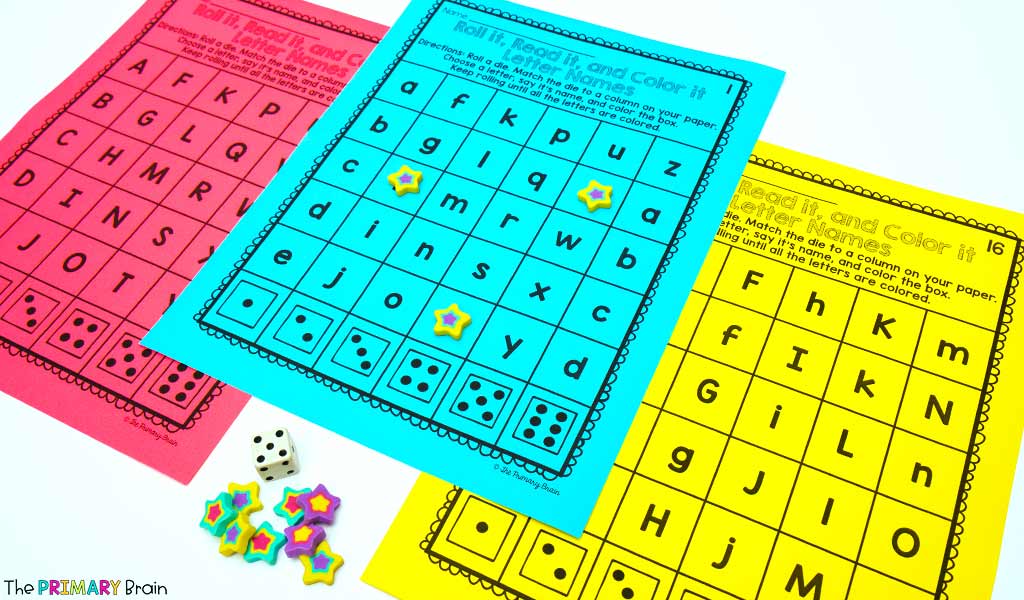 Roll and read activities are excellent for working with a partner. I love to break these games out during literacy centers, small group rotations, or as a Fun Friday activity. To play the game, all you need to do is print out a Roll and Read Letter Names and Sounds page and place in a sheet protector or laminate (you will thank me later). One student rolls the die and says the letter name or sound in the column that matches the number rolled. After reading, the student places a counter on the letter. Then, the second player takes a turn. Keep rolling until all of the letters are covered with your favorite counters. We usually use mini erasers for this so I can add in some seasonal fun to the activity.
Roll and read activities are excellent for working with a partner. I love to break these games out during literacy centers, small group rotations, or as a Fun Friday activity. To play the game, all you need to do is print out a Roll and Read Letter Names and Sounds page and place in a sheet protector or laminate (you will thank me later). One student rolls the die and says the letter name or sound in the column that matches the number rolled. After reading, the student places a counter on the letter. Then, the second player takes a turn. Keep rolling until all of the letters are covered with your favorite counters. We usually use mini erasers for this so I can add in some seasonal fun to the activity.
Uppercase and Lowercase Letter Differentiation
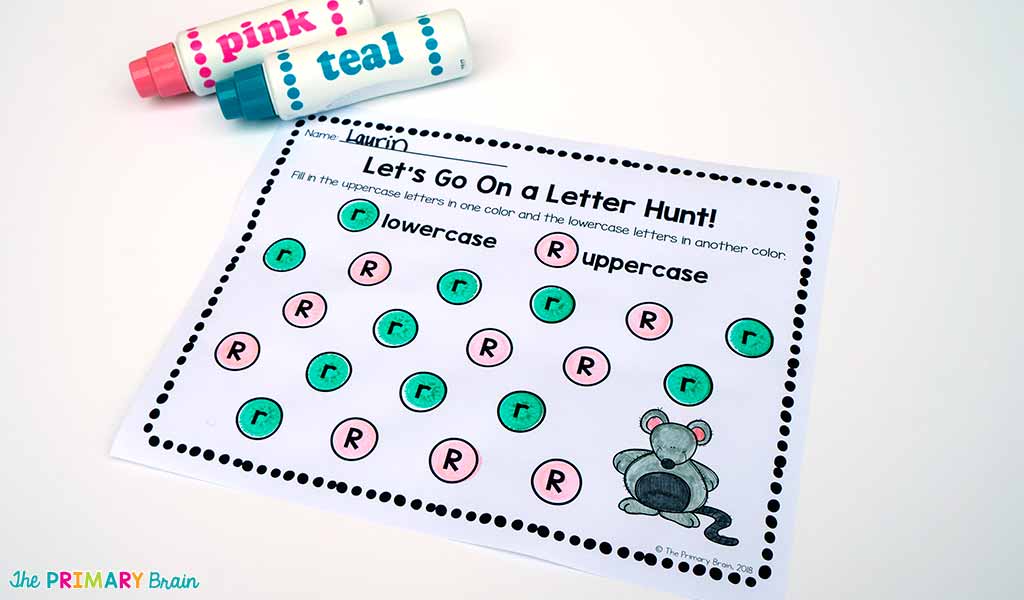 Dot markers are ALL THE RAGE in my classroom. For students who need support with identifying the difference between uppercase and lowercase letters, I give them this ABC Dot Color Uppercase and Lowercase Letter Worksheet and two different colored dot markers. For each uppercase letter, students dot in one color. For each lowercase letter, students dot in a second color.
Dot markers are ALL THE RAGE in my classroom. For students who need support with identifying the difference between uppercase and lowercase letters, I give them this ABC Dot Color Uppercase and Lowercase Letter Worksheet and two different colored dot markers. For each uppercase letter, students dot in one color. For each lowercase letter, students dot in a second color.
Targeted Letter Intervention
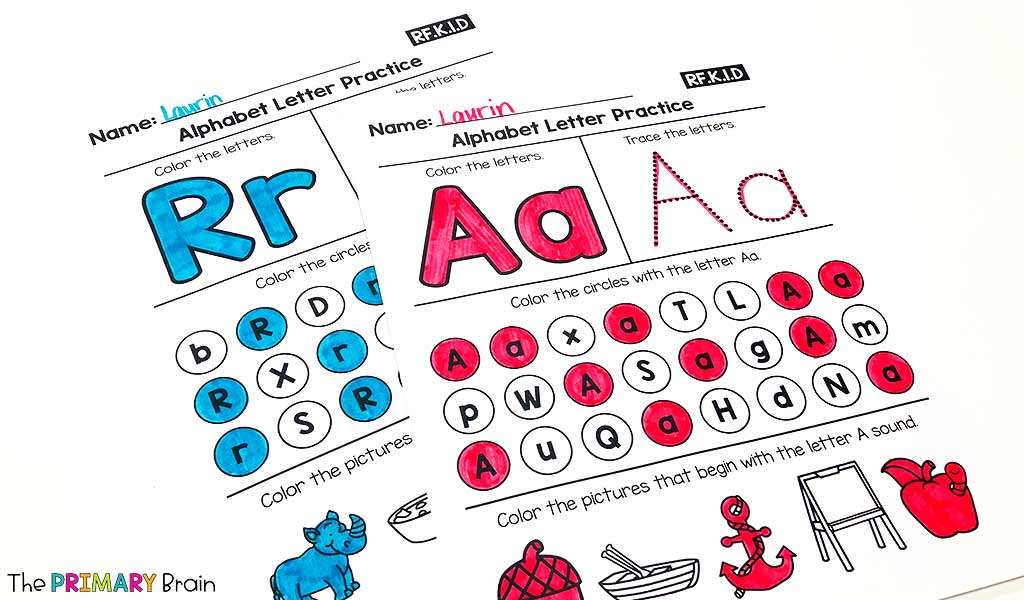
If there is a specific letter that a student cannot identify, then I give a single Alphabet Letter Worksheet to practice the letter. Each worksheet has the student color and trace the letter, fill in the bubble for each letter, and identify beginning sounds for the letter. This activity not only works on the letter name, but it also gives an introduction to the letter sound.
I hope these letter name and sound activities have given you a few new ideas to try with your own students! All of the games and worksheets used in this post are listed below for your convenience:
Roll and Read Letter Names and Sounds

This post may contain Amazon affiliate links. I earn a small commission each time someone makes a purchase through one of my affiliate links, which helps to support The Primary Brain blog. As always, I only recommend products that I love and all ideas shared are my own.
Written on September 5th, 2019 by Laurin Brainard